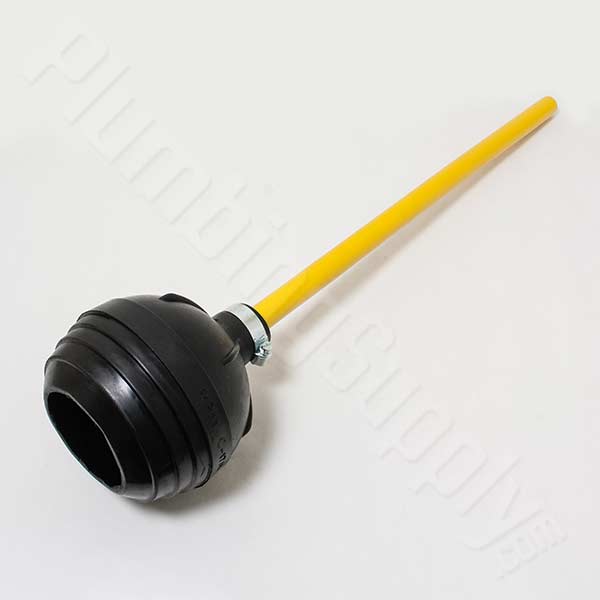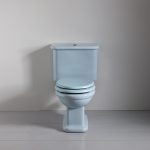Introduction to Using a Plunger for Clogged Toilets
A clogged toilet is a common household issue that can cause inconvenience and discomfort. Knowing how to effectively use a plunger is a valuable skill that can save you from plumbing emergencies and costly repairs. In this guide, we’ll explore step-by-step instructions on using a plunger, types of plungers, troubleshooting tips, and preventive measures to keep your toilet running smoothly.
Understanding Different Types of Plungers
Plungers come in various designs, each suited for different types of drains and clogs. The two main types are cup plungers and flange plungers:
1. Cup Plungers
Cup plungers are the most common type, characterized by their rubber suction cup and flat bottom. They are effective for flat surfaces like sinks and bathtubs, as well as toilets with flat drain openings. Cup plungers create a seal around the drain hole, allowing you to apply direct pressure to dislodge clogs.
2. Flange (Toilet) Plungers
Flange plungers, also known as toilet plungers, feature an additional ring or flange extending from the suction cup. This design is specifically intended for toilets, as the flange fits snugly into the toilet drain opening. The flange helps create a better seal and provides more forceful pressure to unclog toilets effectively.
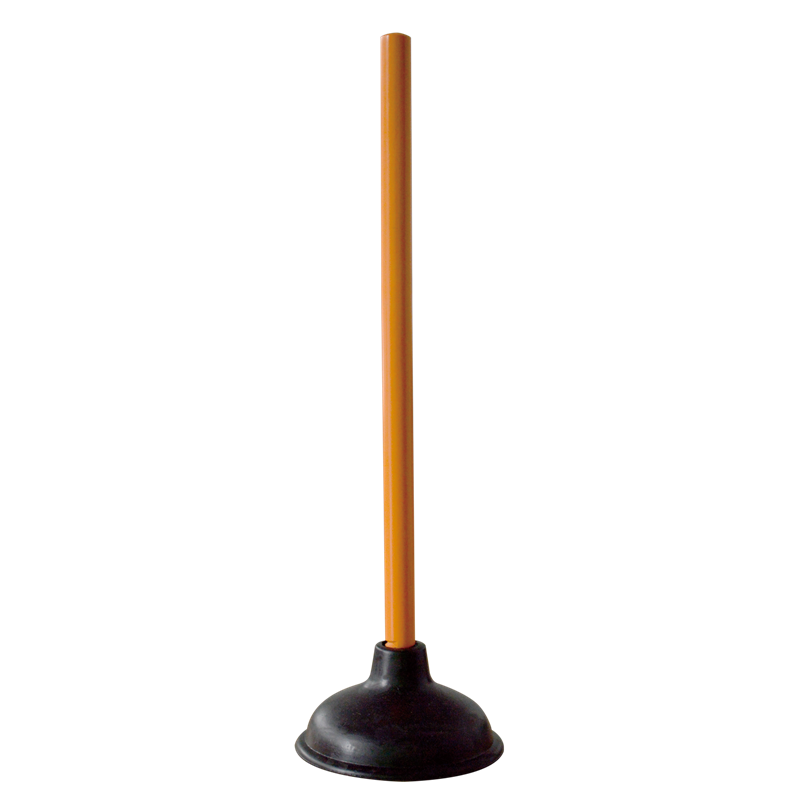
Steps to Use a Plunger Effectively
1. Preparation
Before using the plunger, ensure you have protective gloves and old towels or newspapers to protect the floor from any splashes. Position the plunger so the rubber cup or flange is directly over the toilet drain opening.
2. Creating a Seal
For a cup plunger, fill the toilet bowl with enough water to cover the suction cup. If the water level is low, add more water manually. For a flange plunger, the water level should be sufficient to cover the flange. Press the plunger firmly against the drain opening to create a tight seal.
3. Plunging Technique
Grip the handle firmly with both hands and begin plunging with a vertical motion. Push down slowly and steadily, then pull up forcefully. The goal is to create pressure changes in the drain that dislodge the clog. Repeat the plunging motion several times, maintaining a strong seal and consistent pressure.
4. Checking for Drainage
After several plunges, check if the water begins to drain from the toilet bowl. If it does, continue plunging a few more times to ensure the drain is fully clear. If the water level remains high or drains slowly, repeat the plunging process.
Troubleshooting Common Issues
1. Stubborn Clogs
For stubborn clogs that resist plunging, try applying petroleum jelly around the rim of the plunger toilet cup to improve the seal. You can also pour hot water into the toilet bowl before plunging to help break down the clog.
2. Plunger Not Effective
If the plunger doesn’t seem to work, ensure you’re using the correct type of plunger for the toilet (flange plunger for toilets). Check for any leaks in the toilet’s wax ring or other plumbing issues that may require professional assistance.
Preventive Maintenance Tips
1. Proper Toilet Usage
Prevent clogs by only flushing toilet paper and human waste down the toilet. Avoid flushing items like paper towels, sanitary products, or excessive amounts of toilet paper, which can lead to blockages.
2. Regular Maintenance
Perform regular maintenance by periodically pouring hot water down the toilet to help dissolve any buildup. You can also use enzymatic cleaners designed to break down organic waste and keep drains clear.
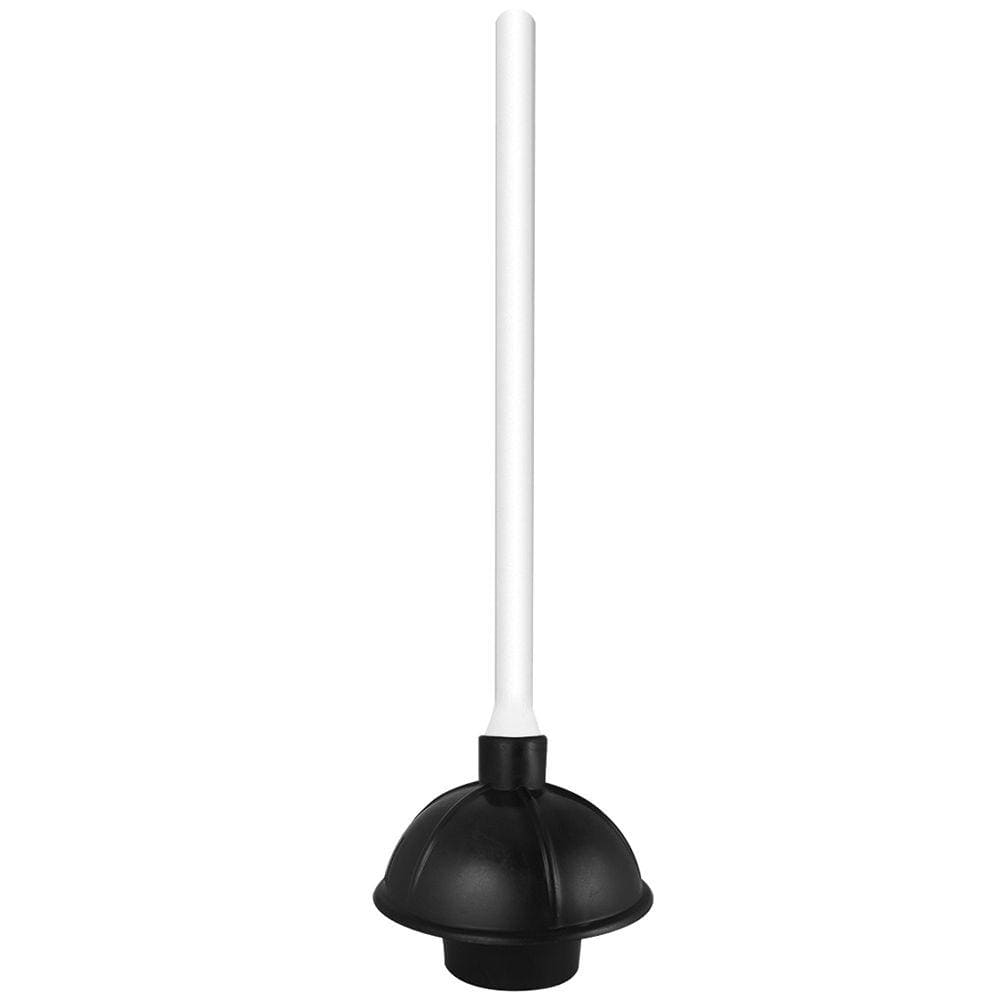
Additional Techniques for Unclogging Toilets
1. Plumber’s Snake (Auger)
- If plunging alone doesn’t work, consider using a plumber’s snake or auger. This tool can reach deeper into the toilet drain to break up or pull out stubborn clogs.
- Insert the auger into the toilet drain and rotate it to maneuver through the trap and into the drainpipe. This action helps dislodge or hook onto the clog for removal.
2. Chemical Drain Cleaners
- Use chemical drain cleaners cautiously and only as a last resort. These cleaners contain powerful chemicals that can dissolve organic matter causing clogs.
- Follow the manufacturer’s instructions carefully and ensure adequate ventilation when using chemical cleaners.
3. Natural Remedies
- Consider using natural remedies such as baking soda and vinegar to break down minor clogs. Pour hot water down the toilet first, followed by a mixture of baking soda and vinegar.
- Let the mixture sit for a while to fizz and work on breaking down the clog before attempting to plunge again.
Dealing with Persistent Issues
1. Persistent or Recurrent Clogs
- If you experience persistent or recurrent toilet clogs, it may indicate a more significant plumbing issue such as a partially blocked or damaged drainpipe.
- In such cases, it’s advisable to consult a professional plumber who can conduct a thorough inspection and provide appropriate solutions.
2. Preventive Measures
- Implement preventive measures to reduce the likelihood of future toilet clogs. Educate household members about proper toilet usage and avoid flushing non-flushable items.
- Consider installing a toilet with a larger flush valve or higher pressure for improved flushing performance.
Maintenance Tips for Long-Term Prevention
1. Regular Inspections
- Schedule periodic inspections of your plumbing system to identify and address potential issues before they escalate into major problems.
- Check for leaks, corrosion, or other signs of wear and tear that could affect the toilet’s performance.
2. Professional Maintenance
- Engage professional plumbers for regular maintenance tasks such as drain cleaning or pipe inspections, especially in older homes or buildings with aging plumbing systems.
- Professional maintenance can help prevent costly repairs and ensure the long-term efficiency of your plumbing infrastructure.
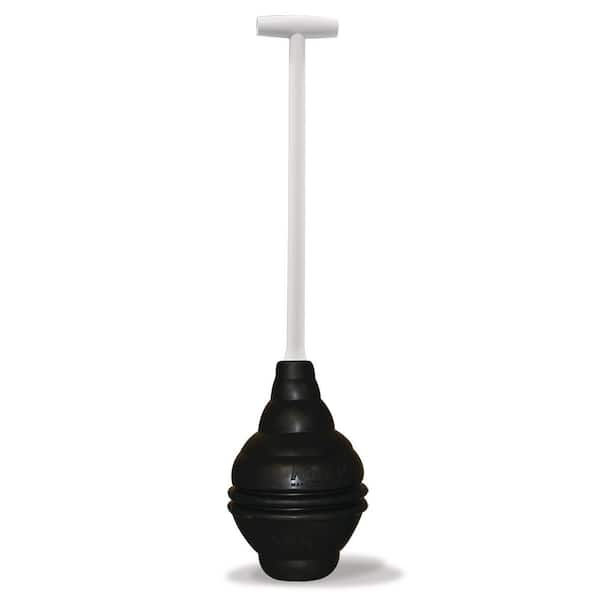
Advanced Techniques for Handling Toilet Clogs
1. Pressure-Assisted Toilet Plungers
- Pressure-assisted toilet plungers, such as air-powered or accordion-style plungers, provide additional force to dislodge stubborn clogs.
- These plungers use compressed air or a strong suction mechanism to create a more powerful force, which can be effective for challenging clogs.
2. Wet/Dry Vacuum
- In some cases, a wet/dry vacuum can be used to remove stubborn clogs from toilets. Set the vacuum to the wet mode and create a seal around the toilet drain with the vacuum hose.
- The suction power of the vacuum can help pull out the clog or break it apart when combined with water in the toilet bowl.
3. Removing the Toilet
- For persistent clogs that cannot be cleared with conventional methods, removing the toilet may be necessary.
- This allows direct access to the drainpipe from the toilet’s base, facilitating more thorough cleaning or removal of the obstruction.
Considerations for Using Chemicals and Tools
1. Chemical Drain Cleaners
- Use chemical drain cleaners sparingly and according to the manufacturer’s instructions. Avoid mixing different types of cleaners, as this can produce toxic fumes or reactions.
- Chemical cleaners should be used cautiously to avoid damage to plumbing fixtures or harm to the environment.
2. Plumbing Snake (Auger)
- When using a plumbing snake or auger, be mindful of the type and length needed to reach the clog effectively.
- Ensure proper insertion and maneuvering through the toilet trap and drainpipe to avoid causing damage to the toilet or plumbing system.
Prevention and Maintenance Tips
1. Educational Awareness
- Educate household members about proper toilet usage and what should not be flushed down the toilet (e.g., sanitary products, paper towels, excessive toilet paper).
- Encourage responsible flushing habits to reduce the risk of future clogs.
2. Regular Maintenance Schedule
- Establish a regular maintenance schedule for inspecting and cleaning toilets and plumbing fixtures.
- Routine maintenance helps identify potential issues early and prevents clogs from developing into more significant plumbing problems.
Professional Assistance and Maintenance
1. Consulting a Professional
- If you encounter persistent or recurring toilet clogs despite your efforts, consult a licensed plumber for expert advice and assistance.
- Professional plumbers have the expertise and tools to diagnose and resolve complex plumbing issues effectively.
2. Scheduled Plumbing Inspections
- Consider scheduling periodic plumbing inspections to assess the overall condition of your plumbing system and address any potential concerns proactively.
- Inspections can help detect hidden leaks, deteriorating pipes, or other issues that could contribute to toilet clogs.
Conclusion
Mastering the art of using a plunger for a clogged toilet is an essential skill for every homeowner. By understanding the types of plungers, following effective plunging techniques, troubleshooting common issues, and implementing preventive maintenance, you can confidently tackle toilet clogs and maintain a smoothly functioning plumbing system. Remember, patience and persistence are key when dealing with stubborn clogs, and don’t hesitate to seek professional help if needed. With these tips, you’ll be well-equipped to handle toilet clogs efficiently and effectively.
